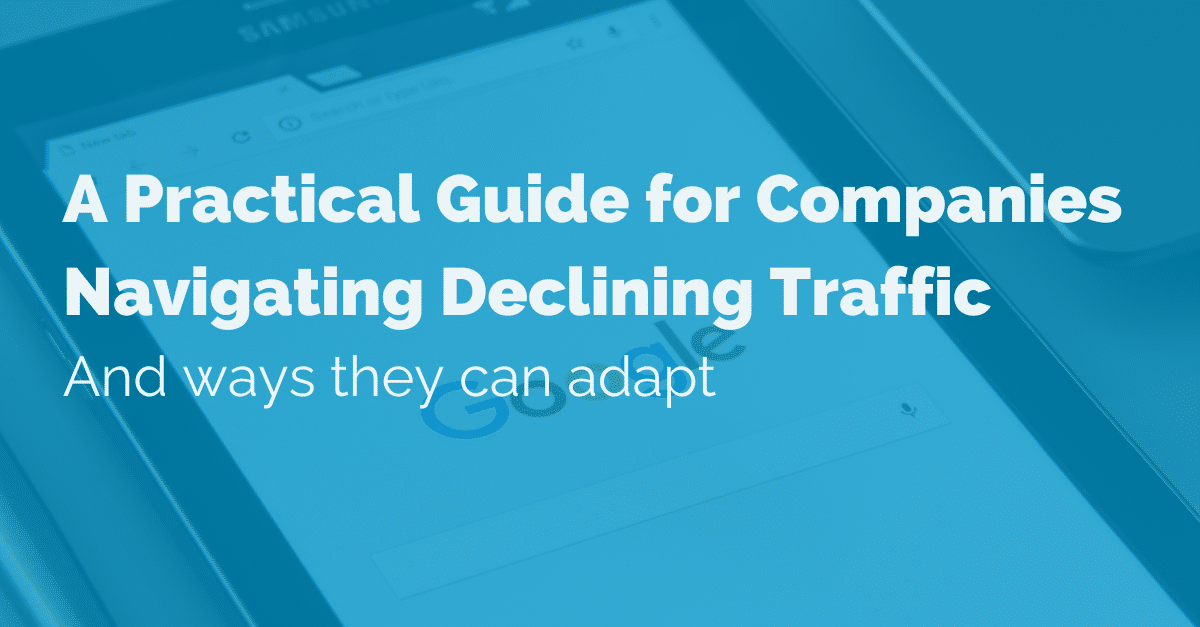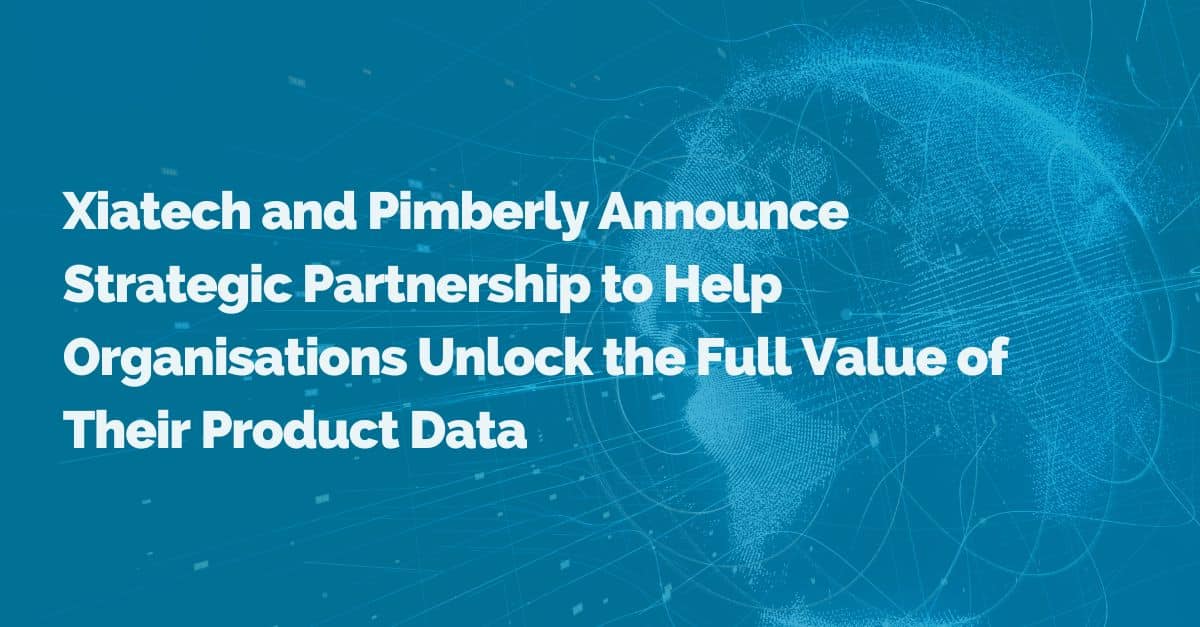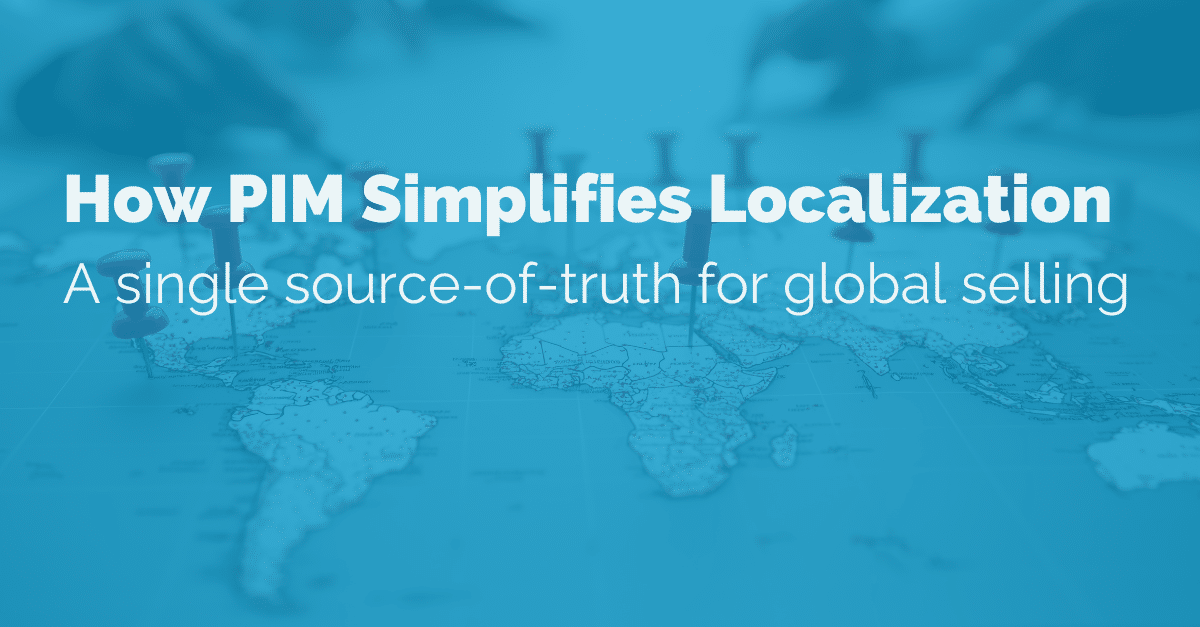DAM PIM CMS: What are they?
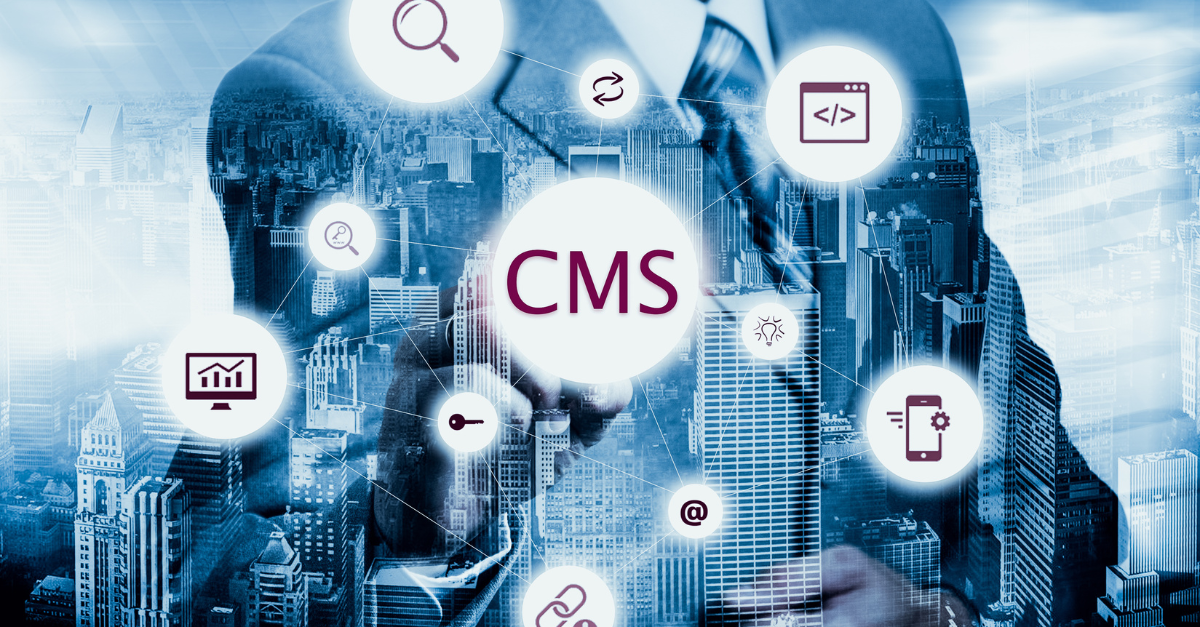
PIM, DAM, and CMS are all forms of software that handle digital content, but used for various things and with several types of content:
- Digital Asset Management: Digital asset management (DAM) is a software solution used for handling digital assets, including images, audio files, videos, and other rich media assets. DAM solutions frequently offer workflows to manage the asset lifecycle as well as tools for organizing, categorizing, searching, and disseminating digital materials. Marketing teams, publishers, and advertising firms frequently use DAM platforms to collect and share their digital assets.
- Product Information Management: PIM is a technique for managing and enhancing a company’s product information, which includes all of the features, descriptions, and pictures of the products the company sells. PIM’s objective is to make sure that all channels, including online shopping websites, mobile apps, and in-store displays, use consistent, accurate, and comprehensive product information. PIM solutions often offer workflows for managing product updates and approvals, as well as centralized tools for maintaining product information.
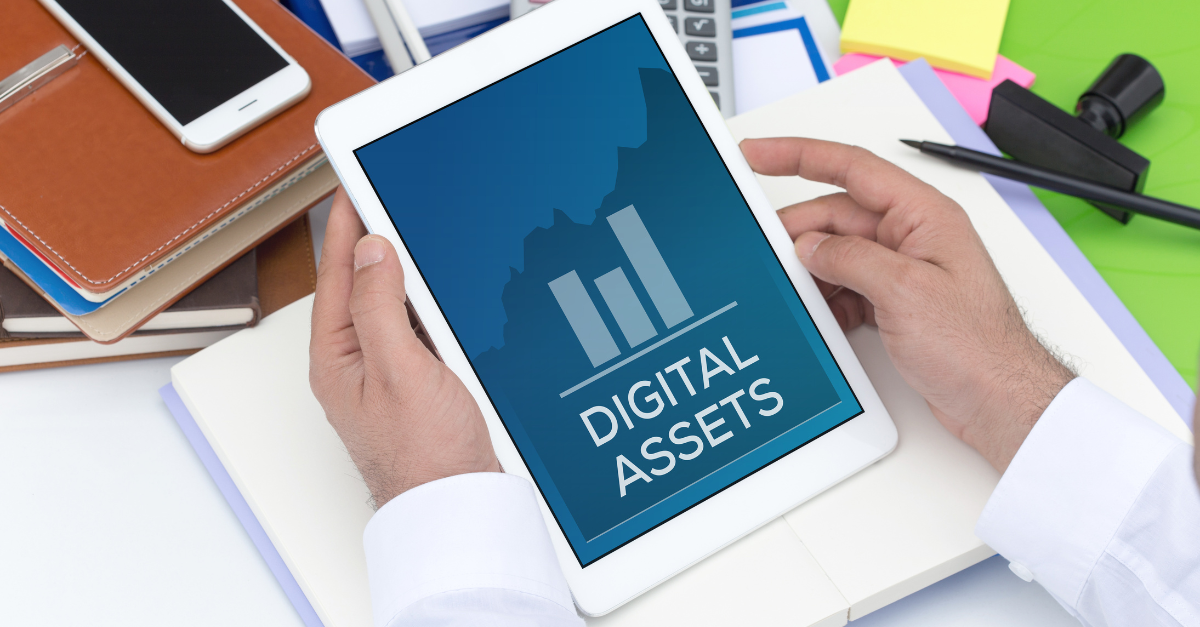
- Content Management Systems: Website material can be created, managed, and published using content management systems (CMS). CMS solutions often provide procedures for managing the content lifecycle as well as tools for generating material, editing, collaboration, and publishing. For organizing web pages, blog entries, news articles, and other content of a similar nature, CMS platforms are frequently employed. PIIM and CMS can often work together hand-in-hand for efficiency’s sake.
PIM vs. DAM: The main differences
Are you aware of the software requirements for your hardware? We will compare CMS vs. PIM, two fundamental systems for managing product catalogs, sales networks, and e-commerce channels, for you to understand the difference and choose the best option for yourself.
A CMS is equipped to distribute information to the desired channels, but it cannot manage product information. The content must go through a thorough process of collecting, reviewing, editing, storage, and export before it is delivered to the CMS. However, the primary tool for centralizing, enhancing, and regulating product content before it is released through a CMS platform is a PIM system.
To ensure correct and consistent information throughout all channels through which it will be published and to save time when editing and updating it, businesses and marketers are turning to PIM systems, which also include workflows and automation tools.
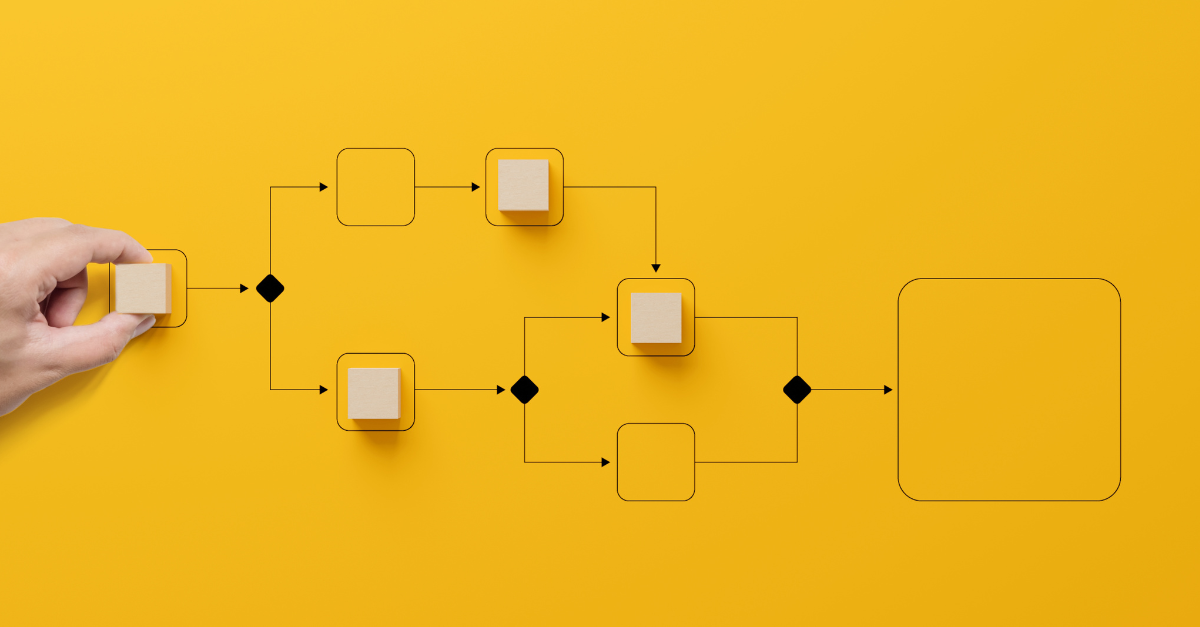
A CMS is thus quite distinct from a PIM, and as a result, both PIM CMS are fully compatible with your hardware. Furthermore, if you want to work more efficiently and quickly, combine the two CMS PIM manuals to have the best results.
Difference between PIM and CMS: Distinct features and analytics
Here are the fundamental differences between CMS PIM manual regarding how their features and analytics differ from each other:
PIM
- The PIM vs. CMS difference is that PIM serves as a single point of contact to manage the enhanced product data needed to satisfy various client requirements. Product data must be published both internally and publicly and smoothly syndicated to customer-facing channels, e-commerce websites, and other places.
- Using online data acquisition portals and global data syndicated networks (GDSN), suppliers provide product data to PIM, which serves as a central repository for that data.
- PIM offers sophisticated features and advantages that help marketers and product specialists effortlessly simplify and optimize product data for various channels to increase business success.
CMS
- Give marketers the tools they need to expand and improve the success of their digital marketing efforts when differentiating PIM vs. CMS.
- You may build any website you desire, a company site, a blog, a portfolio, and more to provide users with relevant, exciting experiences using PIM CMS.
- With the capacity to integrate via APIs with CRM, Analytics, platforms for marketing automation, etc., support a variety of digital commerce scenarios.
- Using a CMS, you may carry out the most fundamental duties in product data administration.
CMS PIM Manual: How to Use Them
When trying to figure out the DAM PIM CMS difference, if all of your informational building elements are present, the CMS provides you with a template from which you can create your design. The CMS gives you every opportunity to reuse your content in this manner. Additionally, it looks after your business identity.
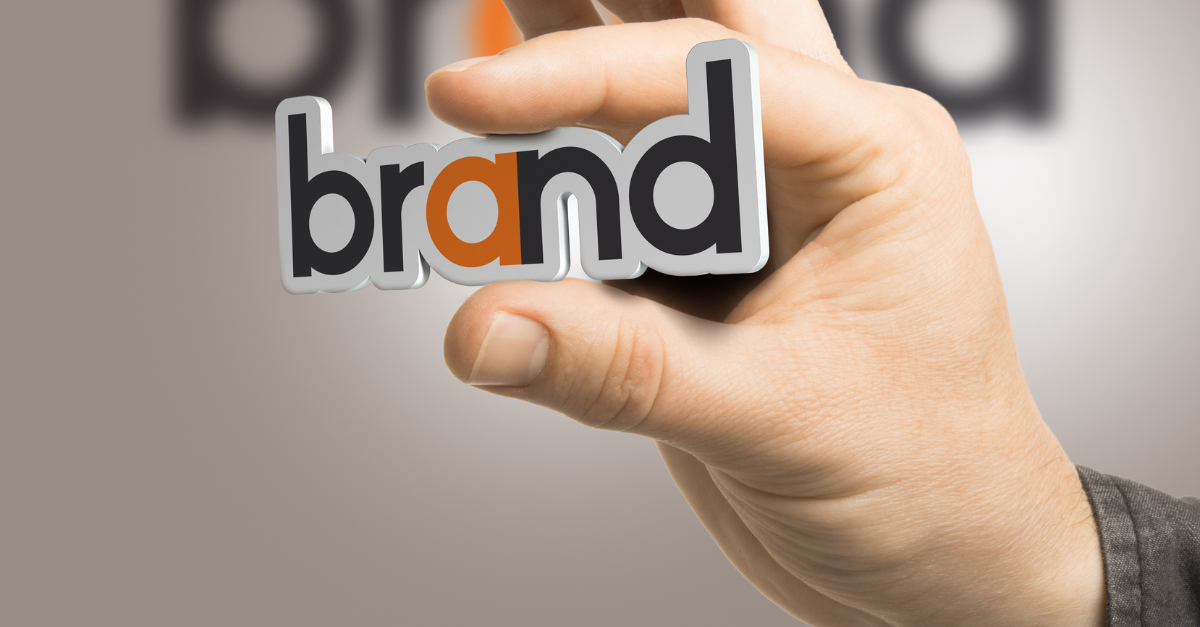
On the other hand, companies and sellers must use a centralized catalog to manage PIM data (their digital assets) that is available in several languages and formats. There are specialized PIM software solutions to automatically gather, hone, modify, and save product information. Among the PIM CMS differences, PIM is frequently mistaken for several other acronyms for e-commerce solutions that are related. Let’s define some of the solutions that users tend to favor.
Bottom Line
While CMS PIM and DAM provide more or less the same services and facilities to companies and businesses, they differ slightly in their functionality provided by their distinct features. To have the optimum result, a company or service is thus recommended to use both PIM and CMS for optimum results and data protection and configuration. Book a demo with us at Pimberly to learn more about our hybrid PIM/DAM solution and how it can compliment your current CMS.




